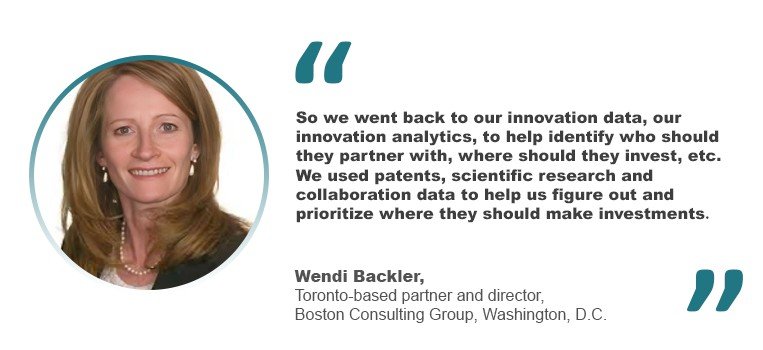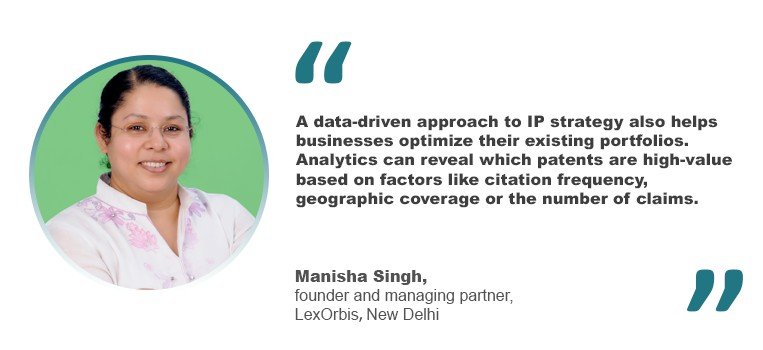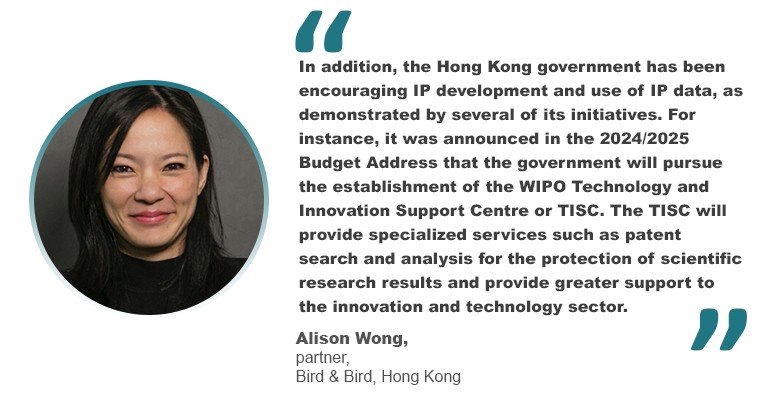“In addition, the Hong Kong government has been encouraging IP development and use of IP data, as demonstrated by several of its initiatives. For instance, it was announced in the 2024/2025 Budget Address that the government will pursue the establishment of the WIPO Technology and Innovation Support Centre or TISC. The TISC will provide specialized services such as patent search and analysis for the protection of scientific research results and provide greater support to the innovation and technology sector,” Wong said.
Bird & Bird includes a team dedicated to providing legal advice, portfolio strategy advice, patent portfolio analytics and valuation. The team consists of lawyers, consultants, data analysts and software developers.
The firm has likewise built a website with data analytics functionalities for a U.S.-based multinational clothing company. “The site is used to track enforcement actions taken against counterfeiters and copycats in China. The site processes vast amounts of data to identify patterns and trends, evolving threats and potential hotspots such as provinces with a high level of infringement activity, for IP enforcement. Visualization tools, such as dashboards and graphs, are used to provide real-time insights. This helps the company determine how to allocate their resources more efficiently,” revealed Wong.
Meanwhile, India is seeing a trend of increasing reliance on IP data analysis by technology-driven sectors and startups to aid their decision-making.
“Nowadays in this world of cost optimization and process enhancements, it is a given that without taking this step, the organizations are faced on one end with filing in areas wherein there is no return on investment (ROI) or filing patents that would be litigated upon leading to increase in costs,” said Singh. “Data analytics therefore serves as a vital cog in bringing an optimization of costs and resources in IP.”
She shared that in the renewable energy sector, whitespace analysis has identified opportunities in smart grid technology and energy storage solutions. These are areas with relatively few patents. Therefore, the companies that used whitespace analysis and discovered these gaps are able to innovate and secure patents in these areas. Eventually, they gained a competitive advantage and were able to grow their business.
To provide another example, Singh spoke about a client from the autonomous vehicle industry. Her team used whitespace analysis to analyze competitor patent portfolios. “Our analysis revealed that most competitors were focusing on general safety features, but there was little patent activity surrounding traffic safety in smart city environments. We recommended that the client focus on this untapped niche, which allowed them to file patents that positioned them as a leader in the market. This strategic alignment solidified their position in the industry,” she related.
The same developments are happening in China where more and more business enterprises are turning to data analysis to achieve their goals.
In Singapore, no less than the Intellectual Property Office of Singapore is offering advisory services on patent analytics involving large sets of patent data.
Kuo believes the uptake of data analytics for IP will see an upward trend in Taiwan, particularly among players in the technology sector. “The technology sector, particularly the semiconductor industry, is one of Taiwan’s most advantageous industries. IP protection is crucial for the technology sector. Furthermore, AI, which is currently gaining global attention, will become an indispensable tool for future data analytics, and Taiwan holds a key position in the AI industry,” he said.
Global patent applications have reached 3.5 million in the last 10 years while trademark filings reached the 15 million mark as of 2022. The onset of the Covid-19 pandemic pushed enterprises to step up their digitalization efforts and the public to use mobile apps and other digital systems more often. These developments have resulted in a huge body of data about IP and innovation-related initiatives from around the world.
Businesses, including startups, ought to take advantage of these data and unleash the power of data analytics for their own success story.















